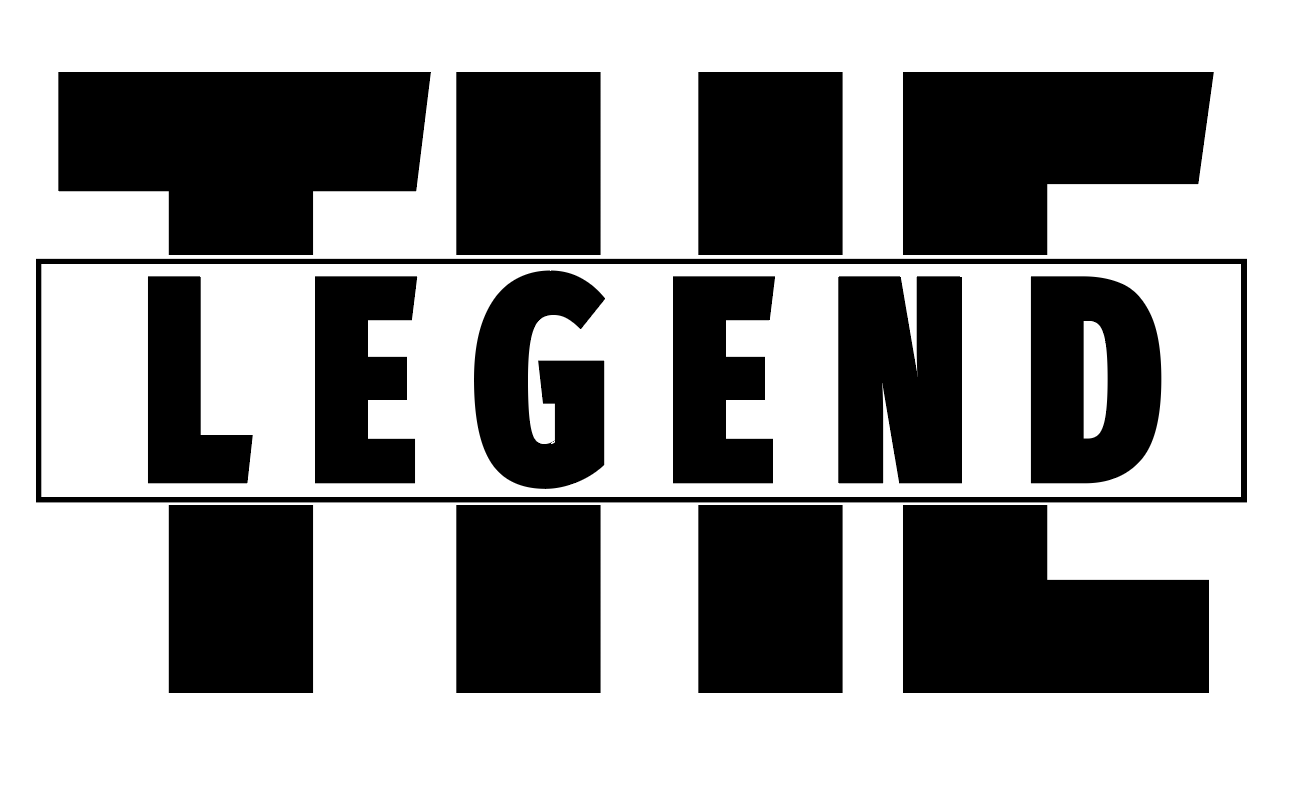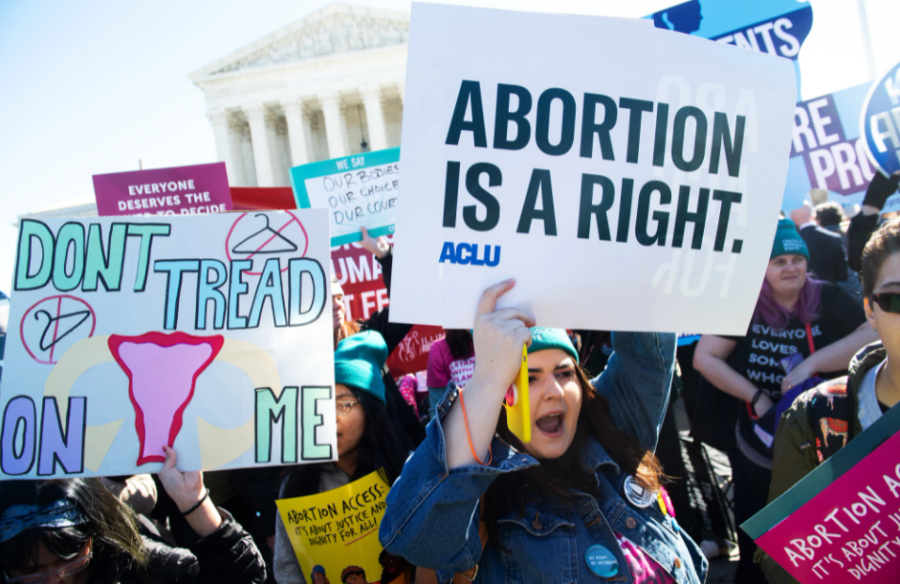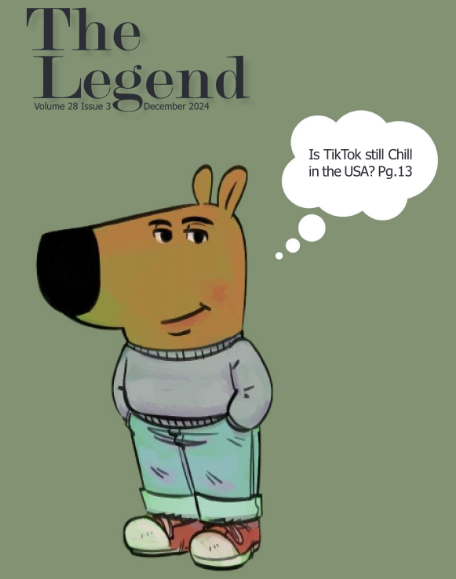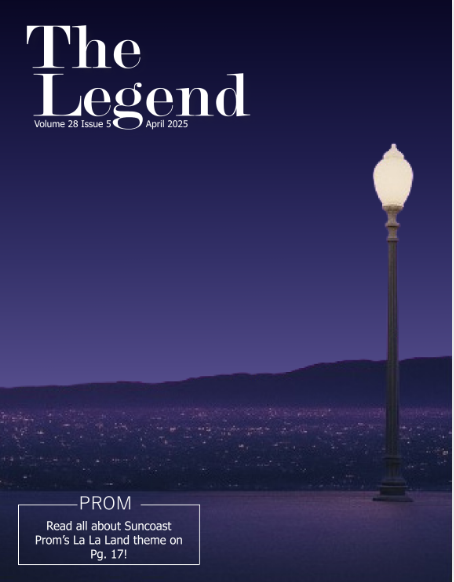Allow Access to Abortions
The many reasons why criminalizing abortion harms women, especially teenage girls.
Women protest outside of the Supreme Court for legal access to abortions.
November 24, 2021
Every year, worldwide, almost half of the abortions performed on women are unsafe abortions. About 68,000 women die as a result of unsafe abortion per year, making abortion one of the main causes of maternal mortality. On top of this, five million women suffer-long term health problems from unsafe abortions.
Now, consider this: does restricting access to abortions REALLY cause a decrease in abortions, or just increase the use of dangerous methods of abortion? The answer is clear and supported by data: restricting access to abortion only increases the use of alternate, more dangerous methods of abortion, only causing harm to women and their bodies.
The debate supporting access to abortion should not be focused on whether the fetus “has a heartbeat” or is regarded as alive. While a first-trimester fetus is an undeveloped clump of cells, even if it was scientifically regarded as the equivalent of a baby, the fetus is still completely dependent on its mother’s body to survive. Therefore, it is the mother’s choice as to whether she wants to harbor and sacrifice her body for the fetus.
Sydney Fedner, the mother of Briana and Gianna Fedner, who are twins currently attending Suncoast, said, “I will still forever be pro-choice. People never fully understand the horrors pregnancy does on a body until they go through it. No person should have to be forced to go through nine horrific months of pregnancy against their will.”
More than this, criminalizing abortions without exceptions, as seen in the recent laws passed in Texas and Alabama, leads to pregnancies that could harm the mother during childbirth or cause other risks having to be carried to term. The recent Texas law called enacted on Sept. 1, Senate Bill Eight, bans all abortions after six weeks. Unusually, this law allows citizens to enforce the law by inviting lawsuits against anyone who gets, performs or aids in the execution of an abortion. This makes the abortion law specifically hard to be challenged in court.
Criminalizing abortions may also lead to mothers who go through miscarriages being questioned and possibly prosecuted for criminal charges. Purvi Patel, a woman from Indiana, was sentenced to 20 years in prison for feticide after going to the emergency room for bleeding and a subsequent miscarriage. Prosecutors argued Patel had bought abortion drugs to end her pregnancy, even though toxicology reports proved this was an unfounded claim. Thankfully, her conviction was overturned, but her case is still an example of how poorly women in the justice system are treated and how criminalizing abortion violates the rights of women. In Texas, the punishment for getting an abortion includes a $10,000 fee on top of covering legal fees, if sued.
Natalie Hoskin, an aspiring mother, had a similar experience when she miscarried. She recalled, “I was at home, basically mourning the loss of my baby. A police officer knocked on my door and started barraging me with questions. He only backed off when I showed him my private medical papers. It was horrible.” Stories like Hoskin’s are perfect examples of how criminalizing abortion harms women and their well-being.
Equal access to abortion becomes especially important in regards to high-schoolers and teen pregnancies. Unplanned and unwanted pregnancies are much more prevalent than they seem, with three in ten teenage girls becoming pregnant before age 20. More than this, parenthood is the leading reason that teen girls drop out of school. Dinah Harley, a 20-year-old attending University of Florida, dealt with pregnancy at 16 years old. Harley said, “I got an abortion and I’m not ashamed of it. If I had gone through with my pregnancy, there would be no way for me to raise a child and pursue a successful education.”
In general, teenagers do not have the resources or time to support a baby. Even fully grown women, who are prepared to birth and raise a baby, agree it is a full-time job. Lily Myskow, a teacher at Jupiter High School, said, “I recently had a little girl. I didn’t want to have to leave my teaching position after my pregnancy, but soon realized that I needed hours and hours to tend to and take care of my new child.”
In six states, you must be older than 18 years to adopt a child, and all other states have even higher age minimums for adoption. So, if the government prohibits teen adoptions, the government should not have the authority to ban abortions for the same reasons.
There are currently about 400,000 children in foster care in America. So-called “pro-lifers” should worry less about unborn fetuses and more about how they can help America’s struggling children right now. The bottom line is, if one does not like or support abortions, they should not get one. However, lawmakers and politicians have no right to take this freedom away from someone else.








